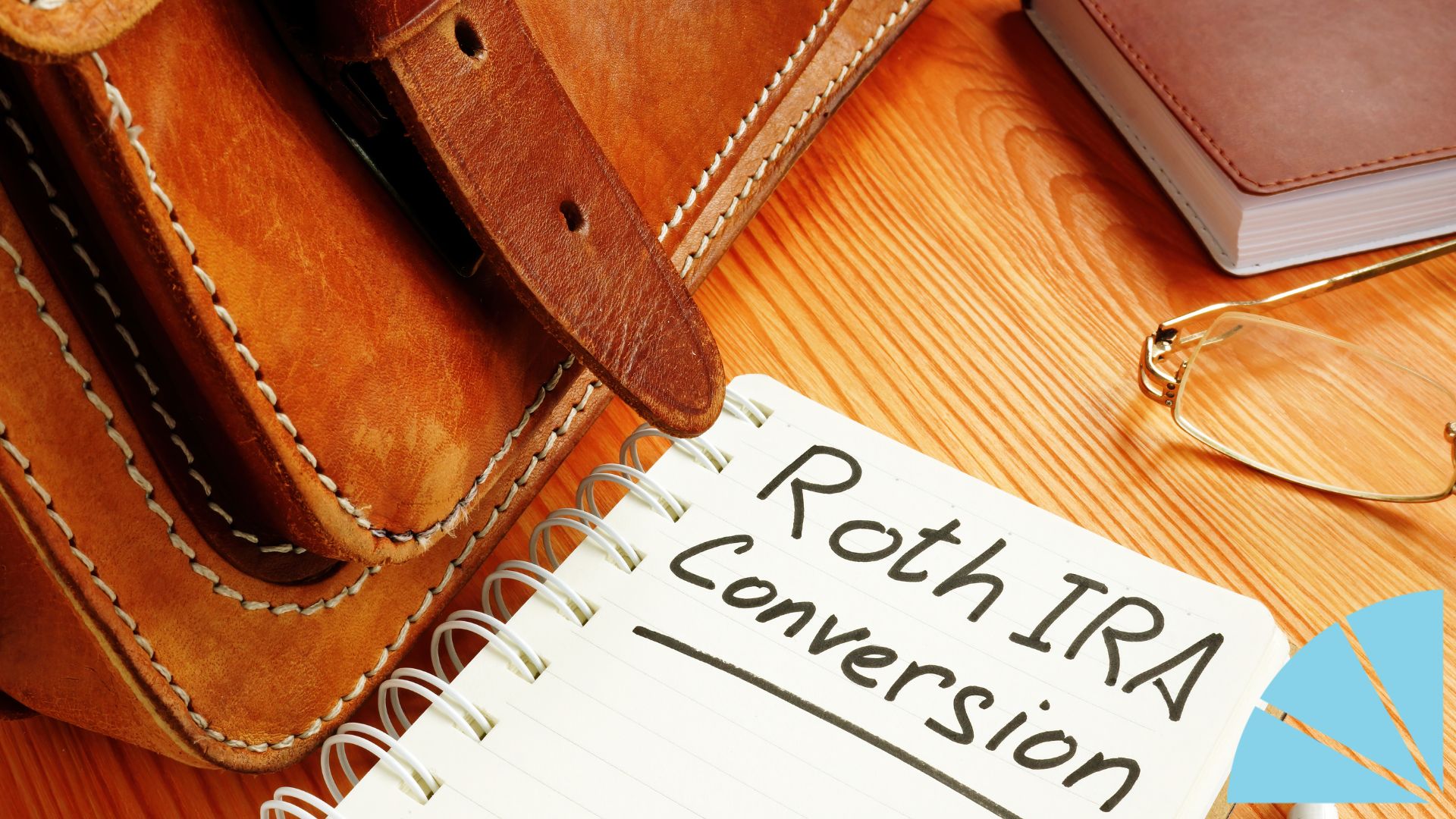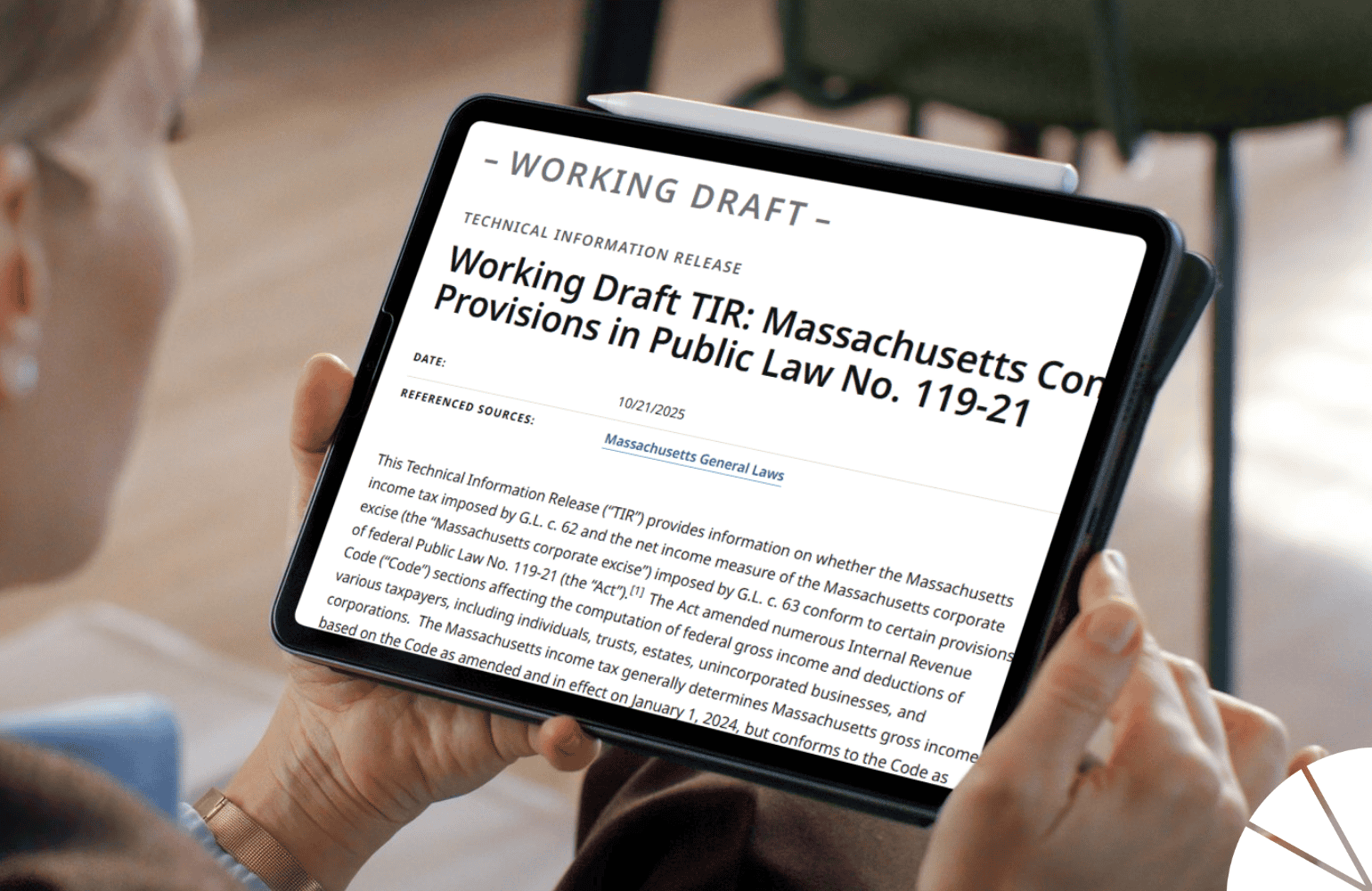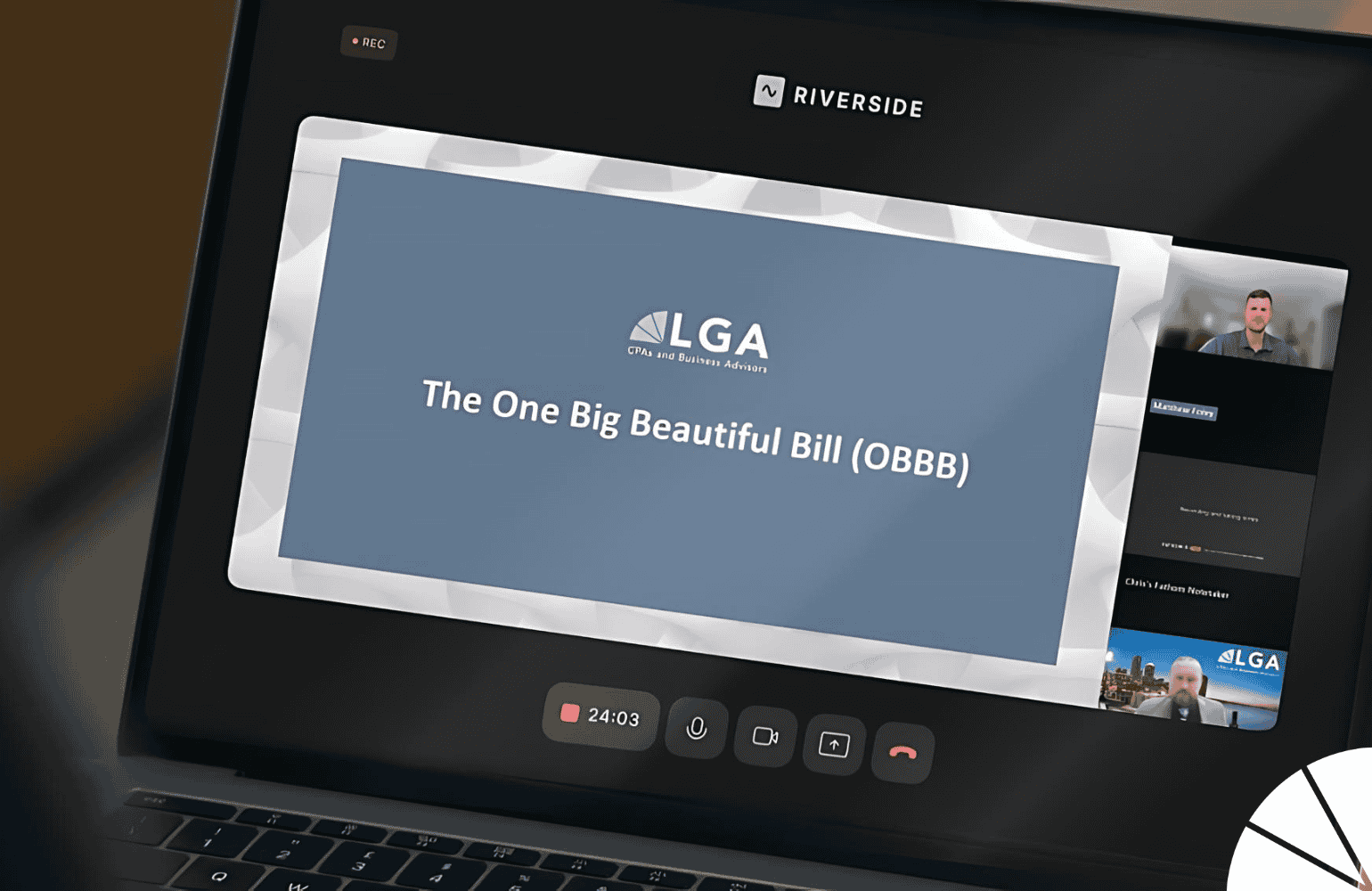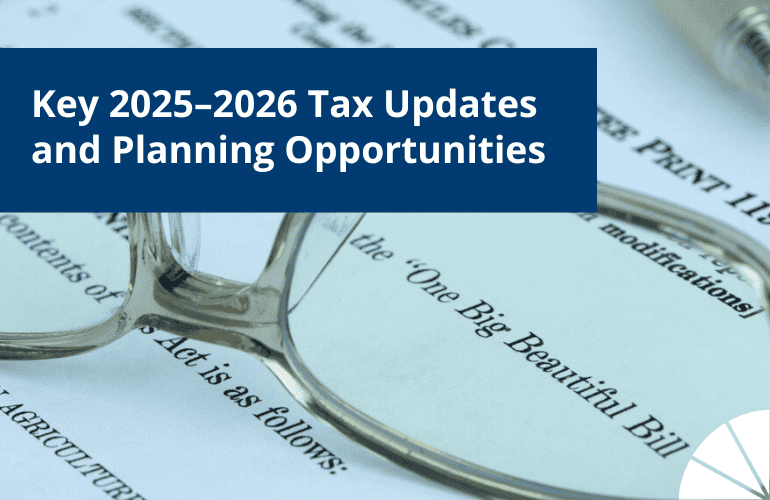
When does it make sense to move funds from a tax-deferred retirement savings account into a Roth IRA? A Roth conversion can be a tax-advantaged strategy to boost your retirement savings and leave more money for your heirs—or it can derail your current financial plans and leave you with less money in retirement.
To give you a sense of the conditions under which Roth conversions are advisable, I have prepared a basic overview of key points; your tax and financial advisors can provide more specific guidance.
How Do Roth Conversions Work?
Completing a Roth conversion means transferring money from a traditional IRA, SIMPLE IRA, SEP IRA, 401(k), and/or any other qualified workplace retirement plan into a Roth IRA. It is up to the individual to decide whether they want to transfer all their assets into a Roth account at once or just a portion of those funds.
Logistically, Roth conversions can be quite simple. Once you establish a Roth IRA account, you may take a distribution from the traditional IRA/retirement account(s) and deposit it into your Roth account within 60 days. The process may be even easier if all the accounts are maintained by the same financial institution, in which case there should be an established process for submitting conversion requests.
(Note that if you are under 59 1/2, the 10 percent penalty imposed on early withdrawals from traditional IRA and retirement plans does not apply to effectively managed Roth conversions.)
What are the Tax Consequences of a Roth Conversion?
As a reminder, any contributions to a traditional IRA or qualified retirement plan are made with pre-tax dollars. Withdrawals are taxed as ordinary income, and the account owner is required to take annual minimum distributions once the individual reaches age 72. Secure 2.0 Act increased the starting age to 73 for individuals turning 72 after December 31, 2022, and then 75 for individuals turning 74 after December 31, 2032.
Because Roth IRA contributions are funded with after-tax dollars, a Roth conversion requires you to pay tax on all the money you move into the Roth account. That could trigger a substantial tax bill, depending on how much you have already saved in those traditional accounts. Once the Roth conversion is complete and you have made decisions about how you want the funds in your account to be invested, the money grows until you are eligible for tax-free withdrawals at age 59 ½ and the account was opened for at least five years. There are no required distributions from a Roth IRA, so the funds can continue to grow and earn interest into age 70 and beyond if you choose.
Are You a Good Candidate for a Roth Conversion?
Not everyone is a candidate for a Roth conversion. Age, tax bracket and retirement goals are the big factors to consider,
and the timing must be right.
A Roth conversion could make sense for you if:
- You anticipate your tax rate will be the same or higher in retirement. If there is a likelihood that you will move to a lower tax bracket in retirement, keeping your money in a traditional IRA or retirement account could be a more tax-advantaged strategy than a Roth conversion. Consider potential future state income tax obligations, too. If you plan to retire somewhere with a different state income tax rate than your current state, factor that plan into your tax calculations.
- You do not anticipate needing to access your Roth savings within the next five years. The Roth IRA “five-year rule” kicks in after a Roth conversion. This rule requires that a Roth account be open for five years before tax-free, penalty-free withdrawals can be made. There are exceptions to the 10 percent penalty for early withdrawals, but any withdrawals taken before the five-year mark may be taxed as income for the percentage of earnings accumulated since the time of conversion.
- You are prepared for the same-year tax bill. It is imperative that you are clear about how a Roth conversion will affect your tax burden and overall financial picture for the year before moving forward. It may be inadvisable to complete a Roth conversion if doing so would require you to pull money from other investments to cover the taxes. Bear in mind that there is flexibility around how much money you transfer in any one year. If you do elect to do a Roth conversion, working with your tax and financial advisors can help you determine how much money you can comfortably move into the Roth account without the tax bill derailing other financial goals.
- You might not even need any or all the money in retirement. For individuals who have substantial assets and/or low expenses in retirement, Roth conversions can be a tax-advantaged estate planning tool. The money can grow indefinitely with no required minimum distributions. Any assets left in the Roth IRA at death can be transferred to beneficiaries, along with the tax-free Roth benefits.
- You are sure about your decision. It was once possible to “undo” a Roth conversion and recharacterize a Roth account to a traditional IRA, but the Tax Cuts and Jobs Act eliminated this allowance. Now, Roth conversions are permanent.
This is not an exhaustive list of considerations related to Roth conversions. Always consult an accounting professional or tax advisor familiar with your financial picture and retirement goals for guidance about the short-term and long-term impact of a Roth conversion.
Contact LGA for Help Evaluating Roth Conversions
With so many factors to consider, Roth conversions may seem daunting. LGA’s tax and financial planning team can take the confusion out of the decision by helping you evaluate the real implications of leaving your retirement savings in a traditional account, vs. transferring them to a Roth IRA. We can assist you with preparing tax projections and working tax efficiency into your strategy, so you feel confident making the decisions about your financial future. If you have questions about Roth conversions, contact me today!






